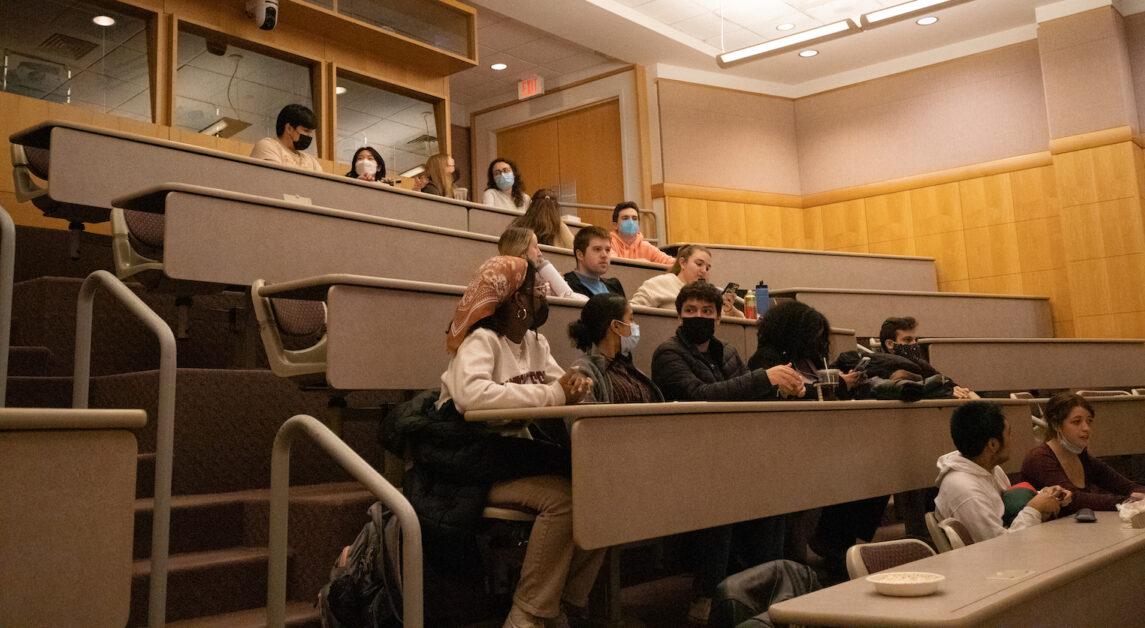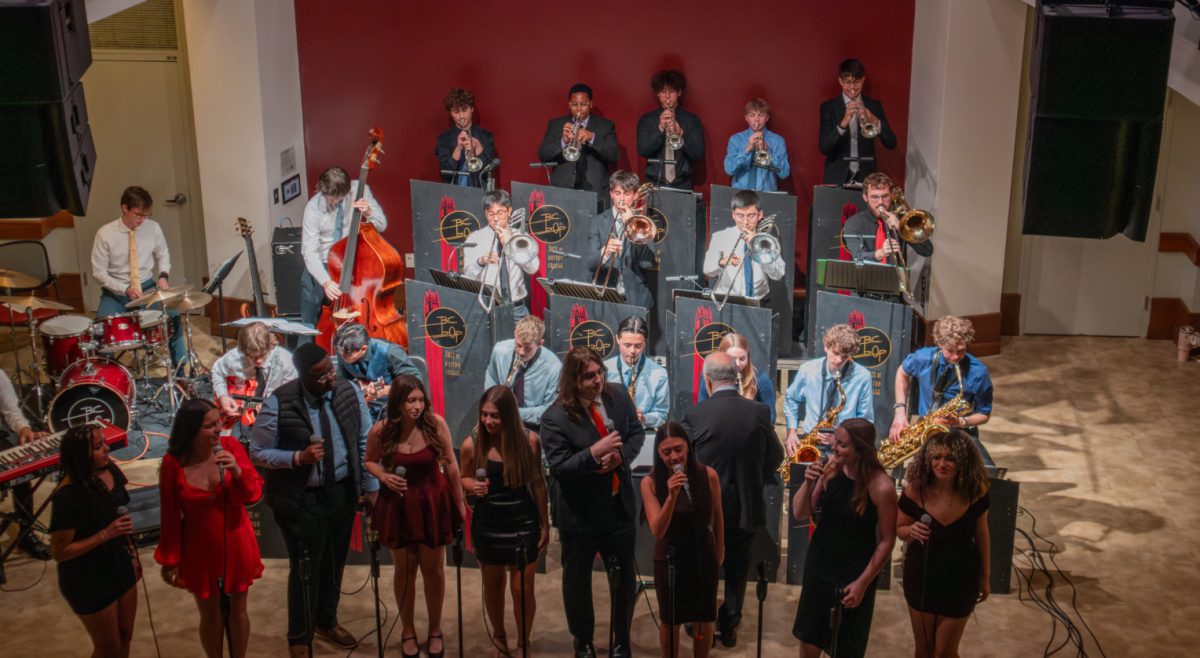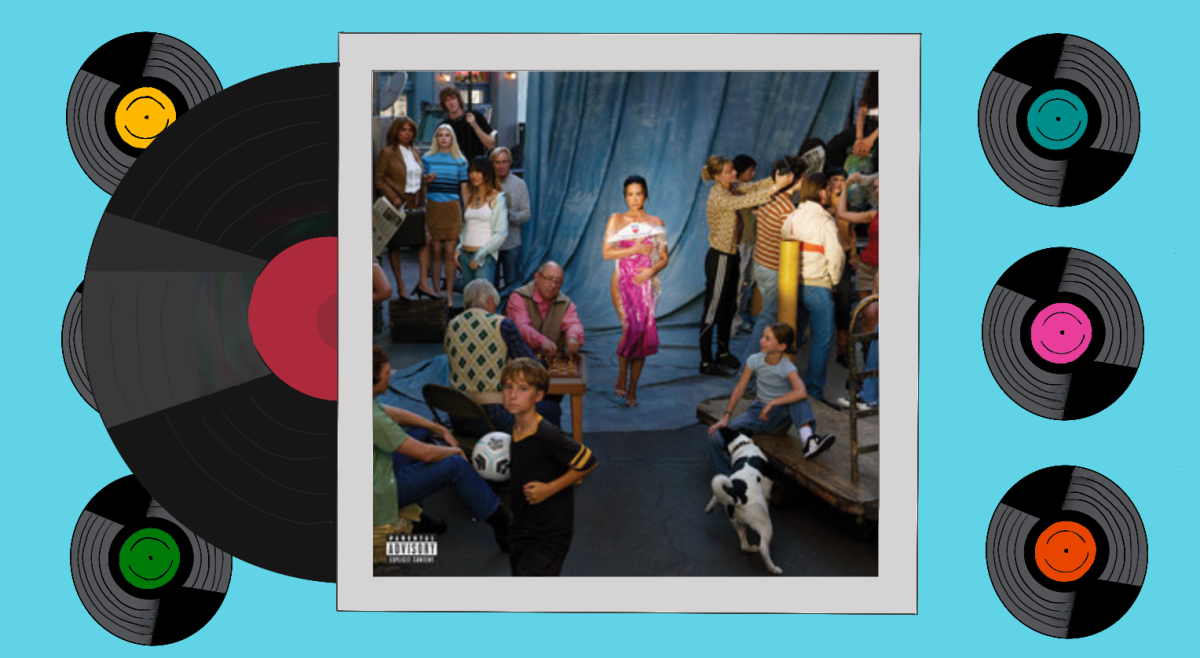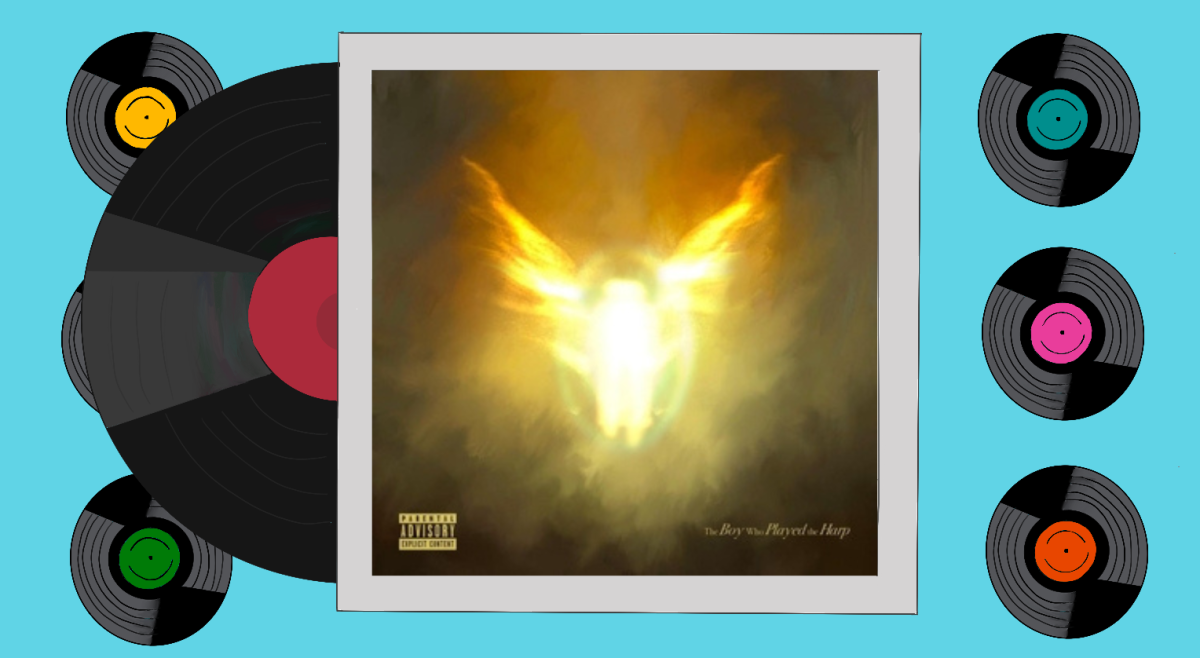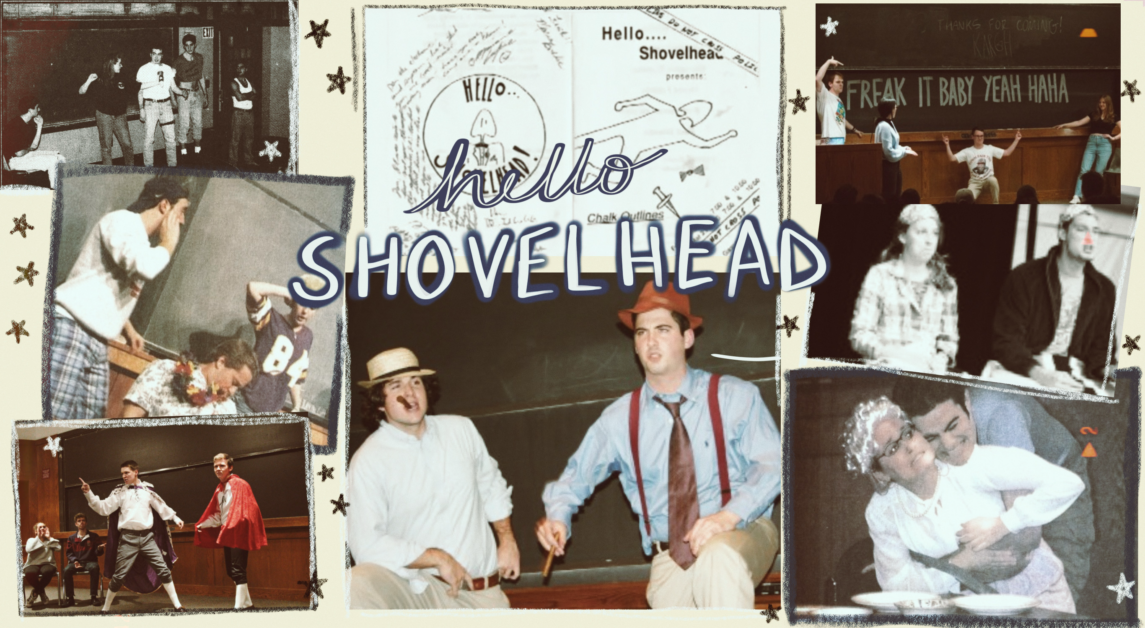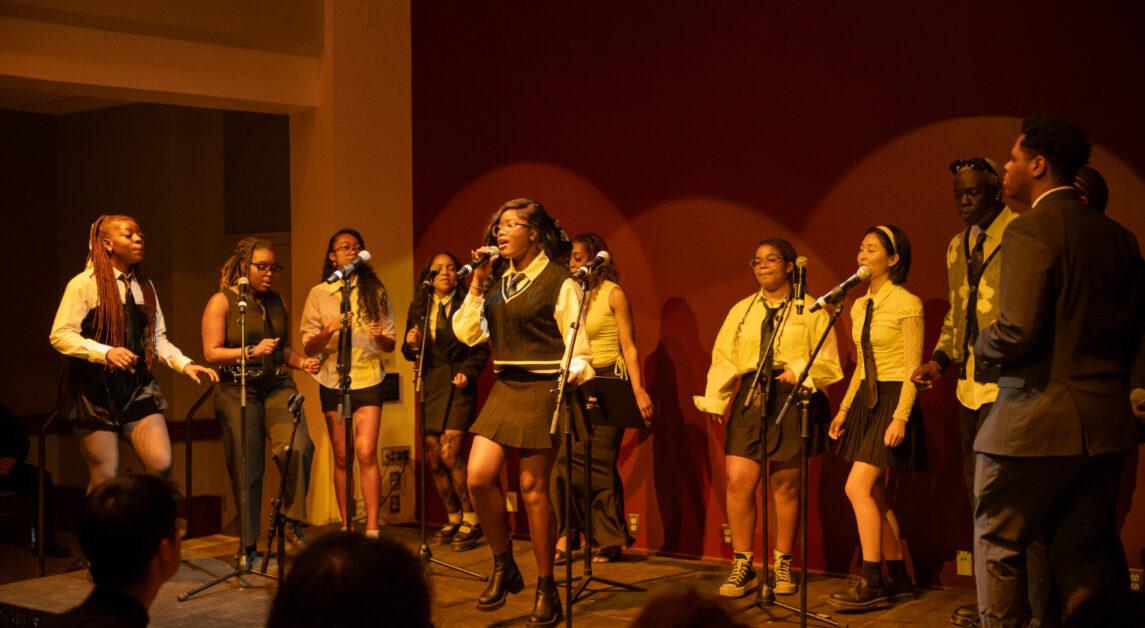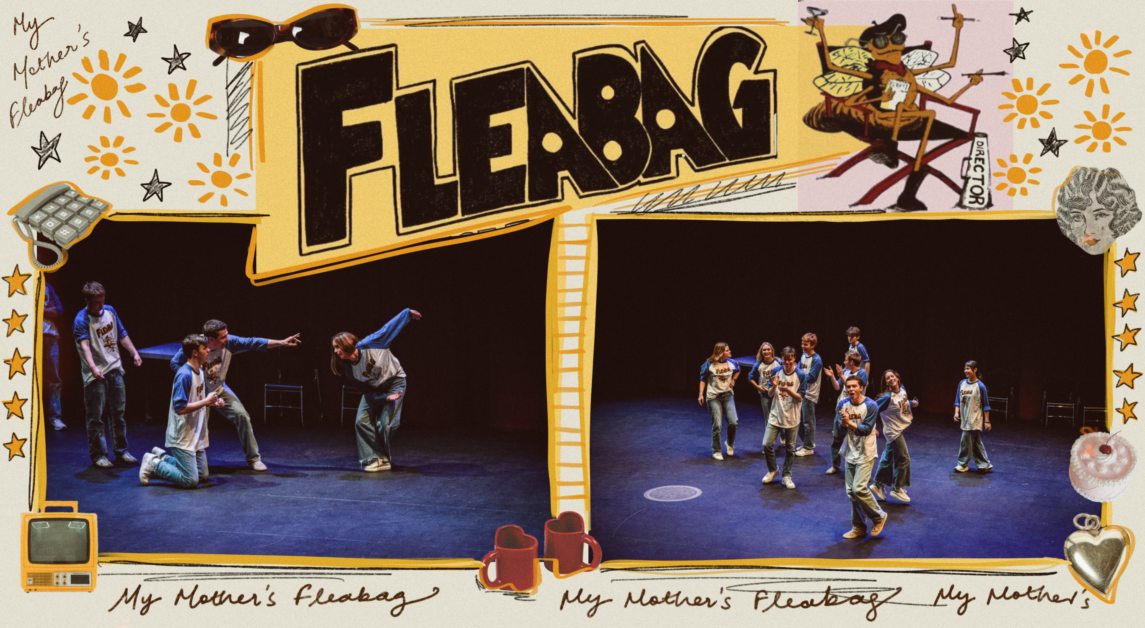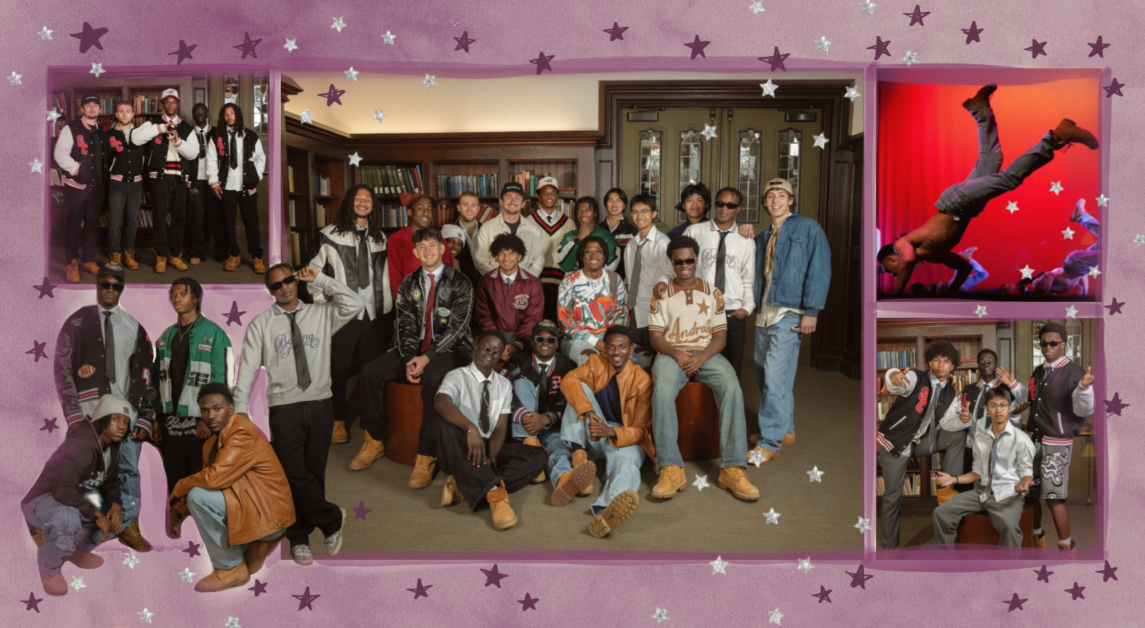The genesis of the FACES Council and Film Society of Boston College’s idea to collaborate was seemingly synchronous. FACES reached out to the Film Society in preparation for Black History Month, and the Film Society was immediately on board for the collaboration, having previously discussed plans to work with groups like FACES to explore racism in cinema.
The BC student organizations had similar aspirations to start a conversation about the depiction of marginalized identities in film and television.
The two student organizations planned discussions and screenings to address the intersection of identities—including sexual, gender, and racial identities—and their representation in movies and media over the course of February. Gathering in lecture halls and classrooms, members of both the Film Society and FACES analyzed the portrayal of specific marginalized identities and discussed how negative depictions can perpetuate stereotypes in mainstream culture.
The Film Society frequently frames a month of movie screenings and discussions around a certain theme, usually highlighting different film styles. Harrison Walker, MCAS ’23, treasurer of the Film Society, expressed how the club began collaborating with FACES on the screening series during Black History Month and said that there has been increased attendance at the Film Society’s meetings during the series.
“I think [they are] really important topics and issues surrounding media and art today,” Walker said. “We go to a liberal arts college, and the point of liberal arts education is to expose oneself to a variety of different perspectives.”
FACES, an anti-racist organization run by BC students, works with other student groups to help them address structural inequalities and adopt an approach toward social justice. FACES has also worked with the AHANA+ Leadership Council and the Asian Caucus to produce events to uplift marginalized students and educate the broader school community.
The student organization frequently posts infographics on its Instagram page, highlighting issues both on BC’s campus and beyond.
With the screening series, FACES also set out to explore the intersections between cinema and racism.
“There’s a huge intersection between the two,” Ivana Wijedasa, co-director of FACES and MCAS ’22, said. “I think a lot of the way that people think and the way certain stereotypes are formed in people’s minds is through media and through what is portrayed in popular culture, and a huge part of popular culture is media, film, and shows.”
The clubs began the screening series on Feb. 1 with a presentation that addressed Orientalism in media. Using prominent examples from cinema, such as Disney’s Aladdin and Wes Anderson’s Isle of Dogs, the event stimulated discussion among the attendees about the line between cultural representation through art and exotic exhibitionism of foreign cultures.
“It really goes down to a question of authenticity, I think—like who is the authorial perspective of this piece?” Walker said. “Are they trying to be authentic to the culture they’re representing, or are they trying to exploit it in a kind of perverse way?”
FACES and the Film Society, along with Students for Justice in Palestine, presented on the roots of Orientalism in media with a presentation that included TikToks, news clips, movie scenes, and social media commentary. The group highlighted themes of colonialism that appear in films, white savior tropes, and the marginalization of Asian people.
In a clip from the classic ’80s comedy movie Sixteen Candles, a scene shows white characters dressed in luxurious clothes looming over a drunken Long Duk Dong—a stereotypically depicted Asian character—sprawled on the ground. The white characters surround him with remarks of pity and amusement.
This clip prompted discussion of the subliminal messaging of white dominance and the infantilizing portrayal of Asian characters in entertainment in western cultures.
The presentation on Orientalism examined the range of discourse surrounding representation of Asian people in media and the history of media that has historically used caricatures to depict Asian people.
Wijedasa expressed her own experiences with media consumption as a person of color.
“I know myself, growing up and seeing characters that look like me being portrayed in a stereotypical way, … that forms the ways that people think about those groups of people, especially marginalized groups of people,” Wijedasa said.
Both FACES and the Film Society have similar ambitions for what they wished to convey to attendees, Wijedasa said. Wijedasa said that there is still a lack of discussion about racism in a large part of the student body, including during Black History Month at BC.
“I don’t think a lot of students engage with it who are not part of any other marginalized identities,” Wijedasa said. “We’re doing [events] all throughout the month, but you don’t usually see a lot of the BC community really engage with them.”
At the discussion, the audience, which primarily included people of color, turned a critical lens on the film industry’s exploitation of marginalized groups. Walker said that the film screenings and discussions offered students insight into new perspectives on the experiences of people with marginalized identities.
“We have a bunch of different people with different perspectives and life experiences being exposed to, potentially, something they’ve never been exposed to, … and that allows for a kind of insight into diverse experiences of the world from a different perspective,” Walker said.
Film Society and FACES members gathered in a lecture hall in Higgins Hall for a screening of Jordan Peele’s horror movie Us on Feb. 10. The audience winced and squirmed in their seats as the film delivered intense frights.
Students stayed after the film to analyze both the obvious and subtle details that Peele curates to communicate clear statements about inequality and racism in the film. When members of the Wilson family, who are Black, realize that a clan of demonic clones have come to torment them, their calls to the police are fruitless. Attendees also noted messages about financial inequality when the Wilsons interact with their wealthy white friends.
Another discussion, held on Feb. 15, addressed the representation of Black, indigenous, and people of color who identify as LGBTQ+ in the media. FACES representatives and Film Society president Shaun Taxali, MCAS ’22, each talked about a different film or television show that addressed the intersection of these identities.
Brian Rudolph, co-director of FACES and Lynch ’23, showed a clip from the film Moonlight, directed by Barry Jenkins, which follows the story of a Black, gay man named Chiron living in Miami. The clip showed how Chiron had kept his sexuality a secret throughout his life and the shame he felt, and the attendees discussed the complex interactions of the character’s two identities.
In the upcoming week, Film Society and FACES will continue the series with a screening of academy–award winning film Judas and the Black Messiah.
Rudolph said that BC students can learn how to treat people with other identities with love based on these screenings and discussions.
“I hope that they’re also learning how to love people for who they are,” Rudolph said. “People are ultimately going to be the person that they need to be for themselves, and it’s our job as community members to let them be that and shower them with love.”
This story was updated at 1:14 p.m. on Feb. 18 to reflect that the LGBTQ+ discussion occurred on Feb. 15.
Featured Image by Stephen Mooney / Heights Editor

